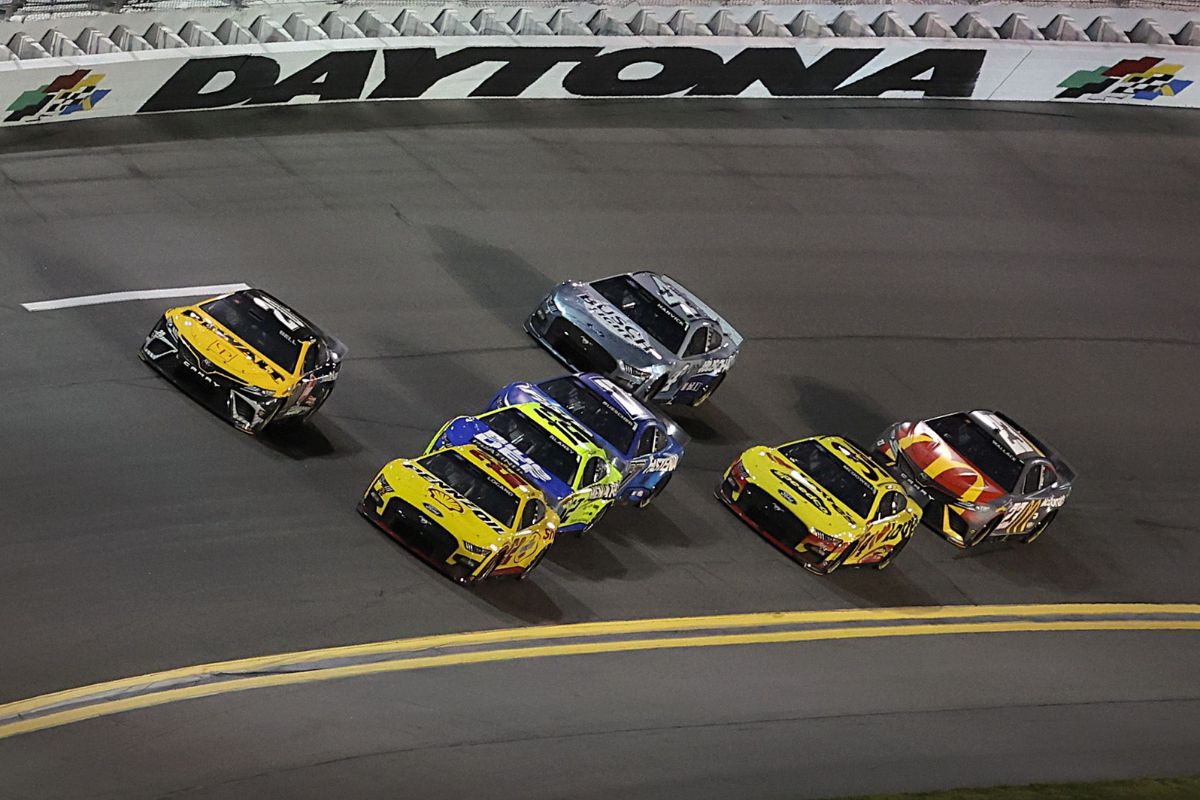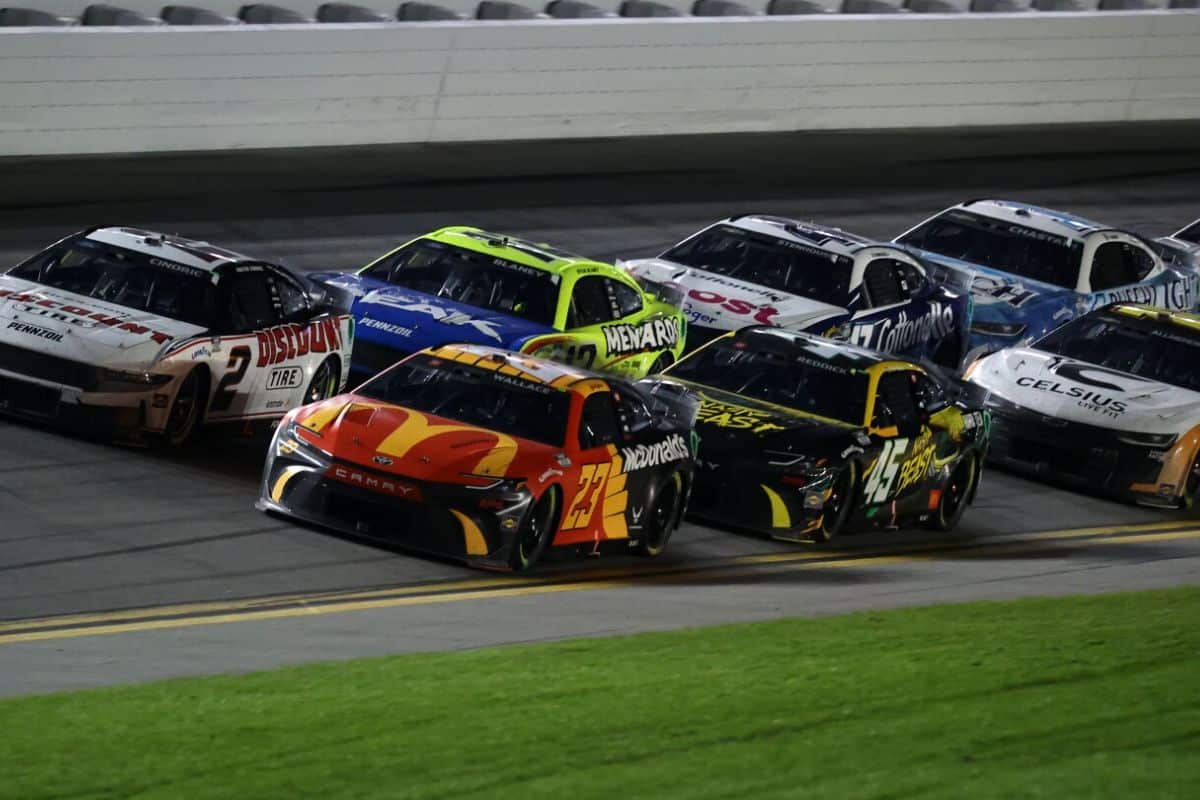NASCAR’s Fuel-Saving Controversy: The recent NASCAR Daytona 500 race has stirred up controversy surrounding fuel-saving tactics, sparking a debate that has divided fans and drivers alike. Denny Hamlin’s outspoken views on the matter have shed light on the complexities of balancing strategy and competition in a sport known for its high-speed thrills.
NASCAR’s response to these issues and the potential solutions being considered hint at a deeper undercurrent that could reshape the dynamics of future races. As the dust settles on Daytona, the aftermath of this fuel-saving controversy may have far-reaching implications that could redefine the sport’s landscape.
Overview of Daytona 500 Controversies
Amidst the exhilarating spectacle of the Daytona 500, a cloud of controversy loomed over the event, primarily fueled by the contentious strategies adopted by NASCAR drivers, notably the prevalent fuel-saving tactics that stirred debate among fans and participants alike.
The race, which saw William Byron clinch victory, was marred by drivers employing conservative strategies to stretch their fuel mileage, a move that drew criticism from both fans and fellow competitors. Many argued that the constant focus on fuel conservation took away from the traditional essence of NASCAR racing, which is centered around fierce competition and high-speed action.
The controversy surrounding the fuel-saving tactics highlighted a broader discussion within the NASCAR community about the balance between strategy and pure racing excitement. As the debate rages on, it raises questions about the direction the sport is heading and whether such tactics are in line with the expectations of fans who crave wheel-to-wheel battles and daring overtakes on the track.

Denny Hamlin’s Perspective on Fuel-Saving Tactics
Denny Hamlin vehemently criticized the prevalence of fuel-saving tactics in NASCAR, particularly emphasizing their impact on superspeedway races during the Daytona 500, as expressed on his podcast. Hamlin’s discontent stems from the way fuel-saving strategies have altered the dynamics of racing, shifting the focus from pure competition to strategic conservation. He highlighted how the need to save fuel has led to a compressed field, with drivers making calculated moves to gain an advantage during pit stops rather than showcasing their racing skills on the track.
Hamlin’s perspective sheds light on a contentious issue within NASCAR, where traditional racing values are sometimes overshadowed by tactical maneuvers aimed at conserving fuel. His comments resonate with fans and fellow drivers who yearn for more wheel-to-wheel battles and skillful overtakes, rather than races determined by who can save the most fuel. As a seasoned driver with a deep understanding of the sport, Hamlin’s critique adds weight to the ongoing debate surrounding fuel-saving tactics in NASCAR, prompting a reevaluation of how these strategies influence the essence of racing on superspeedways like Daytona.

NASCAR’s Response and Potential Solutions
NASCAR’s response to the fuel-saving controversy signals a pivotal moment in addressing the strategic dynamics influencing race outcomes, with potential solutions on the horizon to foster more aggressive competition.
NASCAR officials have recognized the need for a shift towards more aggressive racing and have hinted at potential changes to mitigate fuel-saving tactics. While ruling out immediate alterations to fuel cell size or stage lengths, they are considering implementing a mandatory pit window strategy.
This approach, inspired by the CART Series’ successful implementation in 2002, aims to promote intense competition and discourage conservative fuel-saving strategies. By exploring innovative solutions like mandatory pit windows, NASCAR is demonstrating a proactive stance in enhancing the on-track action and ensuring that races are decided by skill and speed rather than strategic fuel conservation.
This commitment to evolving the sport’s competitive landscape showcases NASCAR’s dedication to delivering thrilling and unpredictable racing for fans worldwide.
News in Brief
ALSO READ: NASCAR’s Push for Full-Throttle Racing: SVP’s Fiery Call
